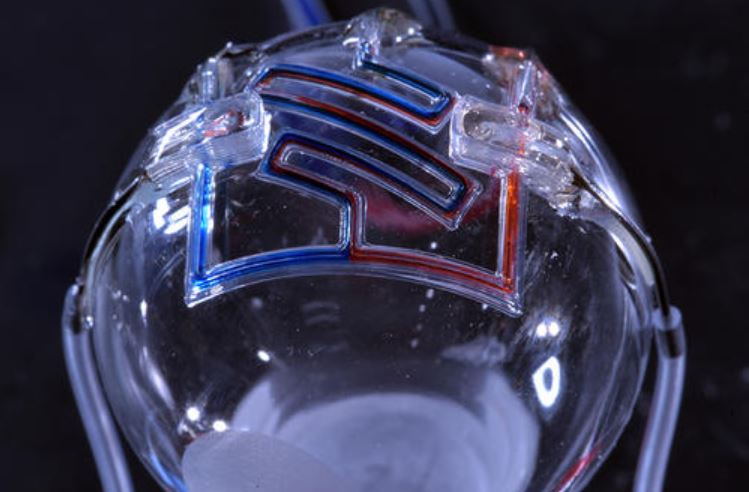
Researchers show that the light emitted by a single molecule can be detected with a low-cost optical setup. Their prototype could facilitate medical diagnostics. Biomarkers play a central role in the diagnosis of disease and assessment of its course. Among the markers now in use are genes, proteins, hormones, lipids and other classes of molecules. Biomarkers can be found in the blood, in cerebrospinal fluid, urine and various types of tissues, but most of them have one thing in common: They occur in extremely low concentrations, and are therefore technically challenging to detect and quantify.
Many detection procedures use molecular probes, such as antibodies or short nucleic-acid sequences, which are designed to bind to specific biomarkers...
Read More







Recent Comments